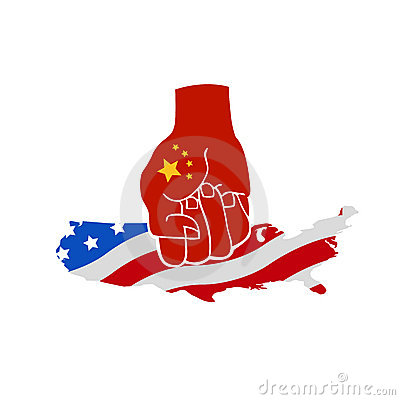
Bernard Quayson - (IT Specialist)

According to an article by The Economist, Chinese car exports are growing fast : 51% by volume in 2022 to 3.2m vehicles, after expanding by only 2% a year in 2011-20.
There has been a rise and fall of the automotive industry. At one point, General Motors (GM) was the world’s largest carmaker and the United Auto Workers (UAW) union boasted 2.5 million members (compared to 250k today). The River Rouge Plant, once the largest continuous factory in the world, employed 100,000 people. Back then, cars were truly cars—they were the essence of transportation. You would see raw materials like iron ore coming in from Michigan’s Upper Peninsula and finished cars rolling out.
However, the concept of cars has drastically evolved, rendering that traditional image meaningless. Nowadays, cars have transformed into predominantly SUVs, crossovers, and trucks. The world has grown weary of internal combustion engines, and this is where China enters the picture. China, relatively late to the game, possesses a substantial advantage. Realizing the shifting tide, they focused less on manufacturing traditional vehicles and instead turned their attention to electric vehicles (EVs) and hybrids, with EVs being the primary focus. Additionally, the average age of car buyers in China has dropped from 55 to 30 since the pandemic. These younger buyers are less concerned with the status of foreign brands and more interested in an “experience” built around software. They want to be enveloped in their car without caring about leather seats or powerful engines, excessive noise.
In essence, China, through its efforts to develop and cater to its domestic market, has inadvertently positioned itself perfectly to take the lead in the coming years, a feat many believed would take decades. Remarkably, China has acquired expertise in the industry through joint ventures (JVs) with renowned Western automakers such as Volkswagen, GM, Renault, Peugeot, Ford, and Chrysler/Fiat. Notably, Beijing Jeep had a presence in China over 40 years ago. This trend continued, with the exception of Japanese automakers who faced significant barriers to entry. Nonetheless, this may have worked in their favor, as China absorbed the knowledge from these JVs and used it to develop their own brands.
China has also obtained the latest robotic technology from Europe, partly facilitated by collaborations with companies like BMW. They have access to the best software solutions, equipment, engineers, and cutting-edge designs, all flowing from the West to China to gain access to its vast market.
In conclusion, China’s rise as a major player in the automotive industry is a testament to its ability to adapt and seize opportunities. Through a focus on EVs, catering to the desires of their younger buyers, and acquiring knowledge and resources from Western collaborations, China has positioned itself for leadership in a shorter timeframe than anticipated. The West, in its pursuit of market access, inadvertently contributed to China’s ascent in this critical industry.
Reference:
https://www.fastmarkets.com/insights/chinese-automobile-output-sales-rise
The Economist | World News, Economics, Politics, Business & Finance

